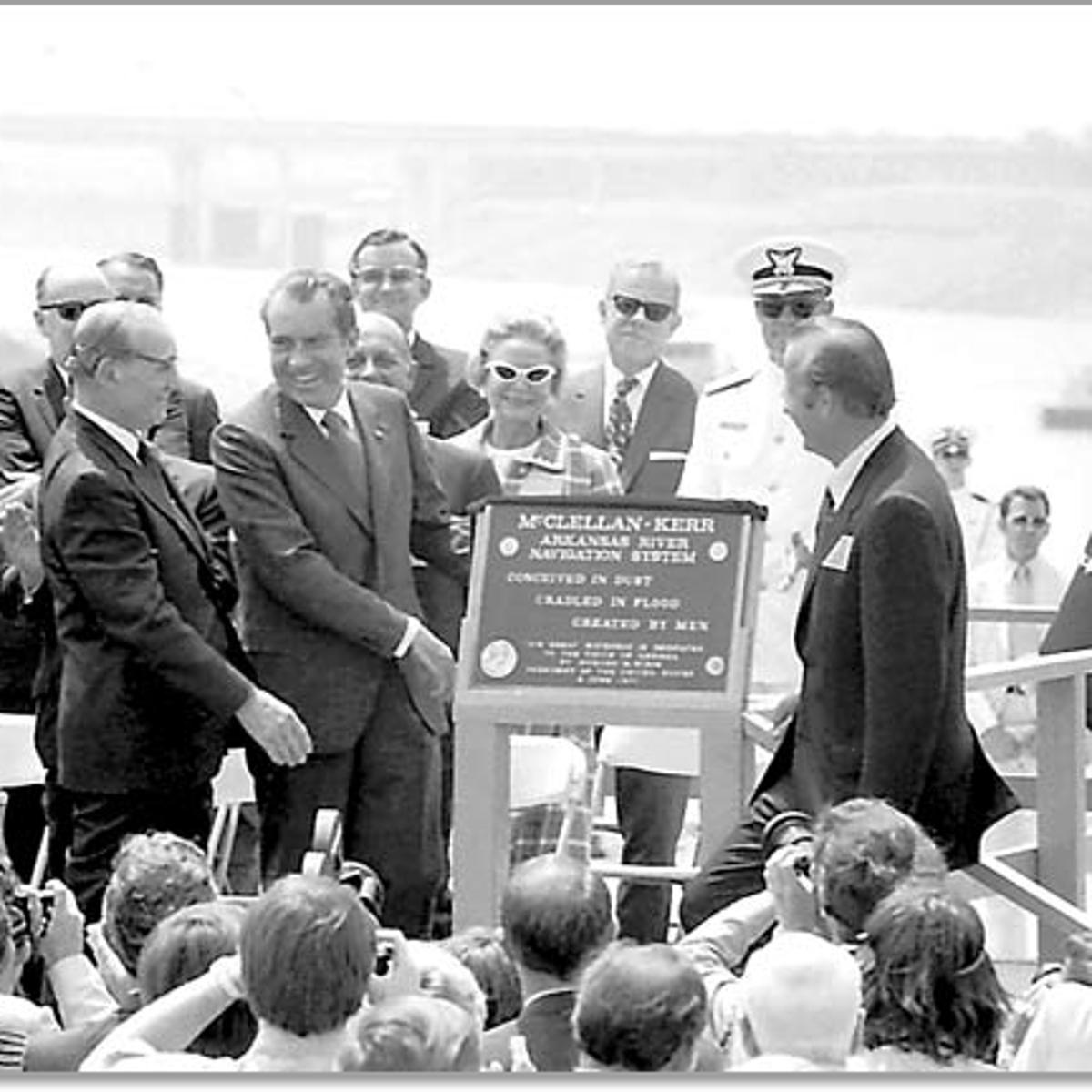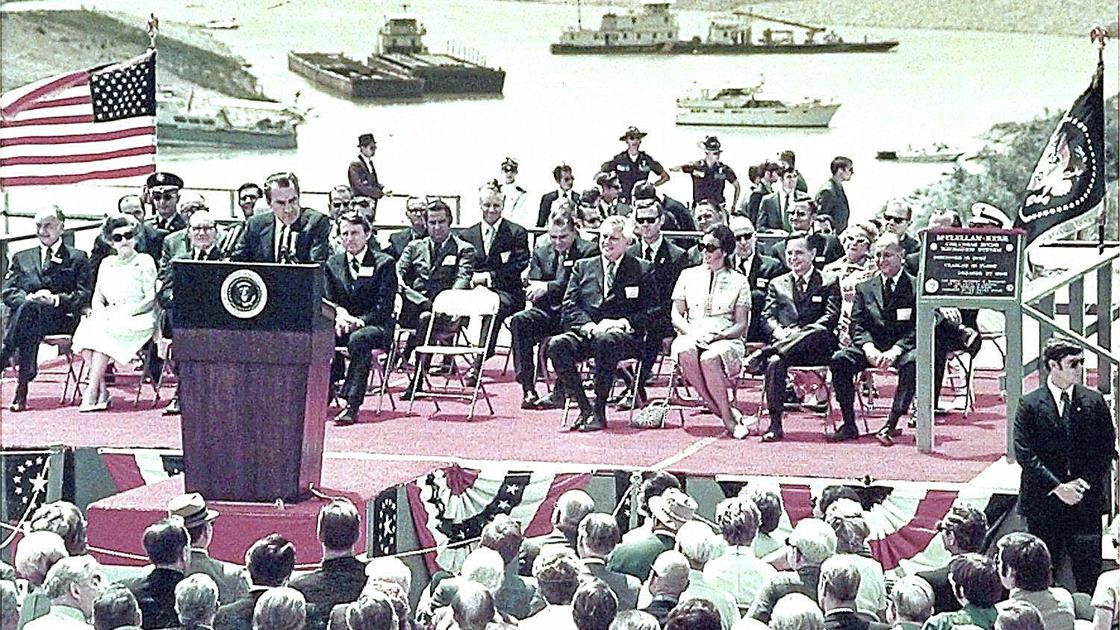
It was 50 years ago this week when then-President Nixon dedicated the McClellan-Kerr Arkansas River Navigation System in Oklahoma. The June 5, 1971 ceremony was held at the Tulsa Port of Catoosa.
This week U.S. Senators James Lankford and Jim Inhofe of Oklahoma joined John Boozman (R-AR), and Tom Cotton (R-AR) to recognize a half-century of commerce on the waterway that extends 445 river miles from Tulsa to Muskogee through Arkansas and connects to the Mississippi River.
Sen. Lankford called it a key interstate commerce component that has been vital to Oklahoma businesses and industry.
“We should continue to invest in infrastructure modernization in and around the ports and waterways, maintain any safety and security needs, and ensure workers have what they need to keep MKARNS moving forward and thriving for the next 50 years and beyond.”

Sen. Inhofe pointed out there’s a reason the event in 1971 drew the attention of President Nixon.
“This vital economic engine and freight corridor was the largest Army Corps of Engineers civil works project undertaken at the time of its construction and is most deserving of celebration,” he said, explaining the waterway in Oklahoma includes five public ports, 50 private terminals and more than 90 industries using it.
On average the MKARNS moves 11 million tons of commodities worth more than $4 billion every year and supports more than 56,000 jobs, driving economic growth and efficiency for a 12-state region consisting of Oklahoma, Arkansas, Kansas, Texas, Colorado, Montana, Nebraska, Minnesota, South Dakota, North Dakota, Missouri, and Idaho.
In 2015, the Corps upgraded the classification of the MKARNS from “Connector” to “Corridor” on the National Marine Highway, designated the MKARNS as a high-use waterway system and labeled the MKARNS as Marine Highway 40.
In addition to navigation, Congress authorized additional uses for the MKARNS, including flood control, hydropower, recreation, water supply, and wildlife conservation, all of which continue to contribute to the economic viability of the MKARNS for Oklahoma and surrounding states.
Source: press release





